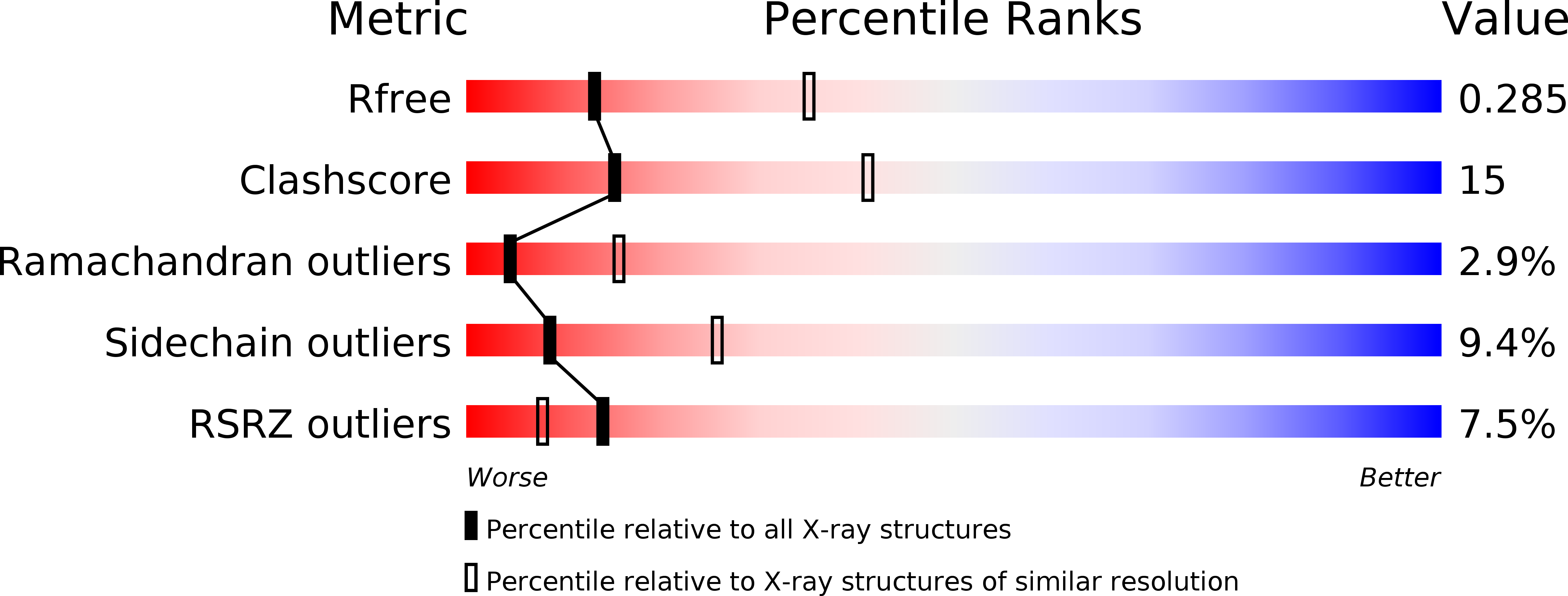
Deposition Date
2012-04-30
Release Date
2012-05-30
Last Version Date
2024-11-20
Entry Detail
PDB ID:
4EXP
Keywords:
Title:
Structure of mouse Interleukin-34 in complex with mouse FMS
Biological Source:
Source Organism:
Mus musculus (Taxon ID: 10090)
Host Organism:
Method Details:
Experimental Method:
Resolution:
2.80 Å
R-Value Free:
0.27
R-Value Work:
0.24
Space Group:
C 2 2 21


